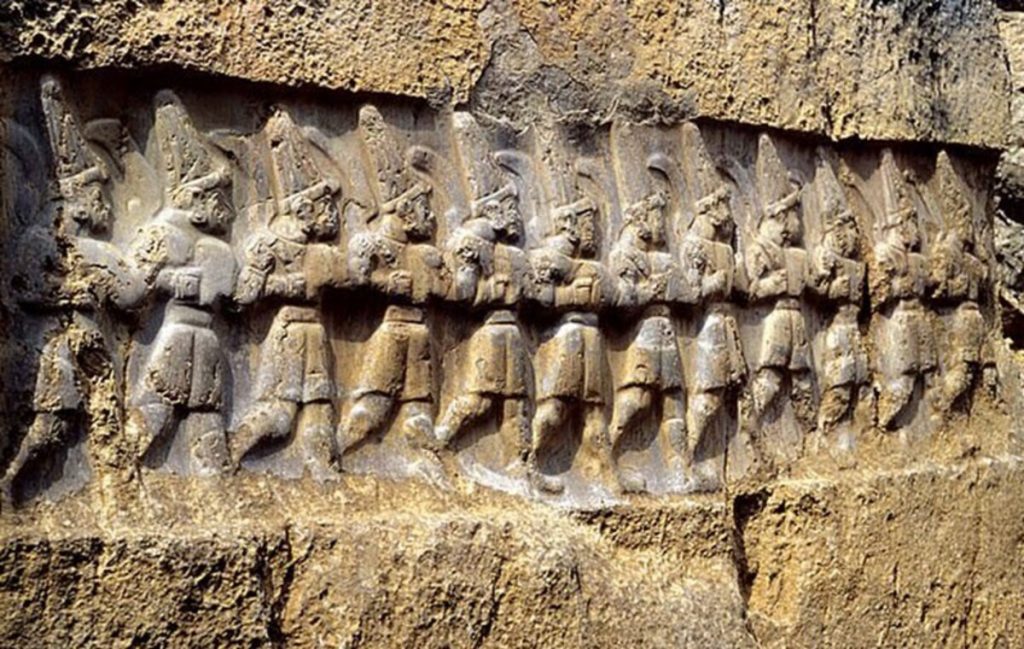
Missing Connection in the History of Indo-European Languages Discovered
The origins of the Indo-European language family, believed to have emerged in the 4th millennium BCE, have gained clarity through ancient DNA analysis. A significant study by Ron Pinhasi and his team from the University of Vienna’s Department of Evolutionary Anthropology, in collaboration with David Reich’s ancient DNA laboratory at Harvard University, has yielded important findings.
Research Overview
The researchers analyzed ancient DNA from 435 individuals excavated from various archaeological sites across Eurasia, dating from 6400 to 2000 BCE. They found that a newly identified population from the Caucasus-Lower Volga region may link to all Indo-European-speaking communities. The study appeared in the journal Nature.
Previous Findings
Earlier genetic studies indicated that the Yamnaya culture (3300-2600 BCE) spread from the Pontic-Caspian steppe into Europe and Central Asia. These migrations significantly impacted the European human genome over the last 5,000 years. Researchers widely consider these migrations a likely vector for the spread of Indo-European languages.
Anatolian Language Branch
The only branch of the Indo-European language family that did not show steppe origins is Anatolian, which includes Hittite. This branch uniquely preserved linguistic archaisms lost in other Indo-European branches. Previous studies failed to find steppe origins among the Hittites. However, the new article argues that Anatolian languages descended from a previously undercharacterized group. This group spoke a language in the steppes between the North Caucasus Mountains and the Lower Volga, dating back to 4500-3500 BCE. The researchers found that at least five individuals from Anatolia, dating to before or during the Hittite period, showed CLV ancestry.

Missing Link in Indo-European Languages’ History Found
Key Findings
The study indicates that about 80% of the Yamnaya population’s ancestors also contributed at least one-tenth of the ancestry of the Bronze Age Central Anatolians who spoke Hittite. Ron Pinhasi explains that the CLV group can link to all Indo-European-speaking populations. This group serves as the best candidate for the population that spoke the Proto-Indo-Anatolian language, the ancestor of both Hittite and all subsequent Indo-European languages. The results also suggest that the integration of the Proto-Indo-Anatolian language shared by both Anatolian and Indo-European peoples peaked among CLV communities between 4400 and 4000 BCE.
Ron Pinhasi states that discovering the CLV population as a missing link in the Indo-European narrative marks a turning point. This finding contributes to the 200-year quest to reconstruct the origins of the Indo-Europeans and the pathways through which these people spread across parts of Europe and Asia.
Cover Photo: The Yazılıkaya Rock Sanctuary, a sacred site featuring the deities of the Hittites, who established the Bronze Age civilization in Anatolia and spoke the Indo-European language. This site is located near Hattusa, the capital of the Hittite Empire.
You may also like
- Archaeologists Discover 9,000-Year-Old Temple in Jordan Desert
- Sumerian Birth Certificate: One of History’s Oldest Records
- Archaeologists Uncover Unique Auditorium During Excavations in Sicily
- Astonishing 3,000-Year-Old Cave Paintings Unearthed in Brazil
- Ancient Assyrian Tablets: Science Uncovers 7th Century Writing Techniques
- The Mysterious Goddess of Levent Valley: 2800-Year-Old Hittite Goddess Figurine
- Discovery in Romania Reshapes History of Ancient Dacian Presence
- New Study: Climate Change May Have Played a Role in the Fall of the Roman Empire
- The Dazzling Treasure of Kibyra: The Medusa Mosaic Reopens to Visitors
- Stunning 2,500-Year-Old Settlement Discovered in North Macedonia
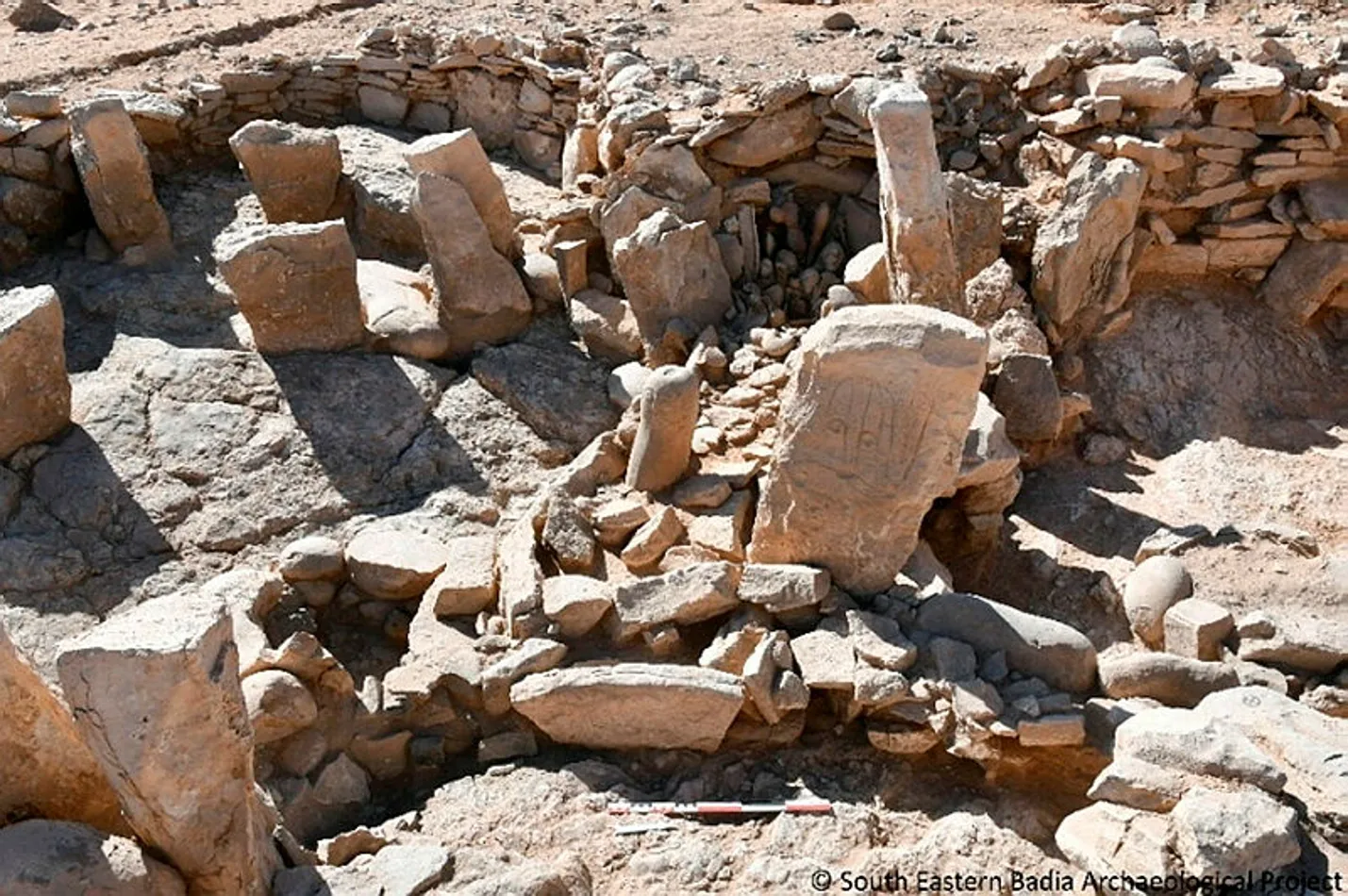
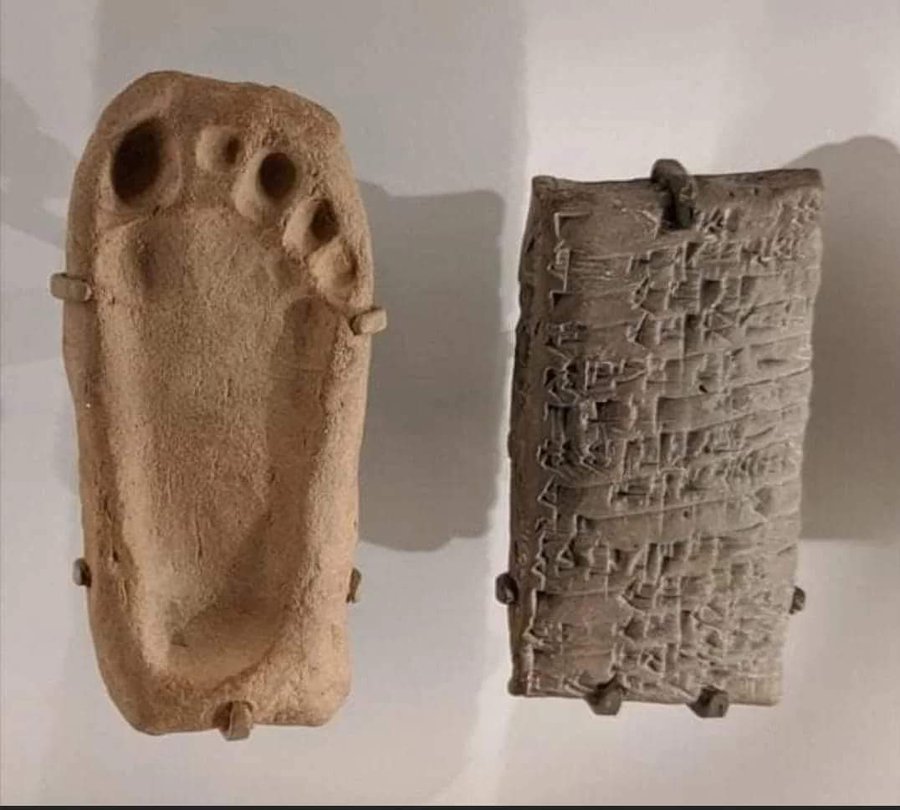
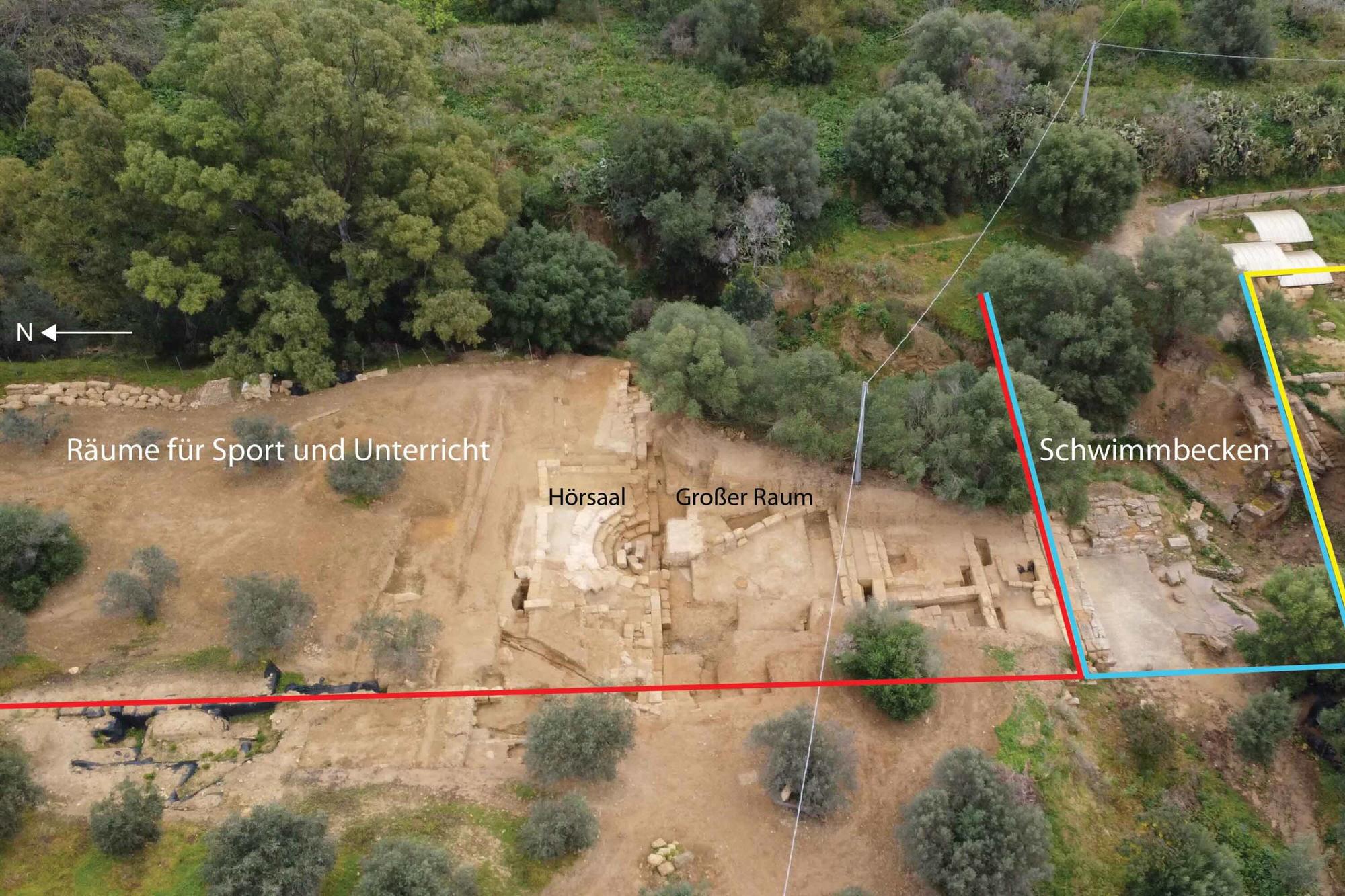

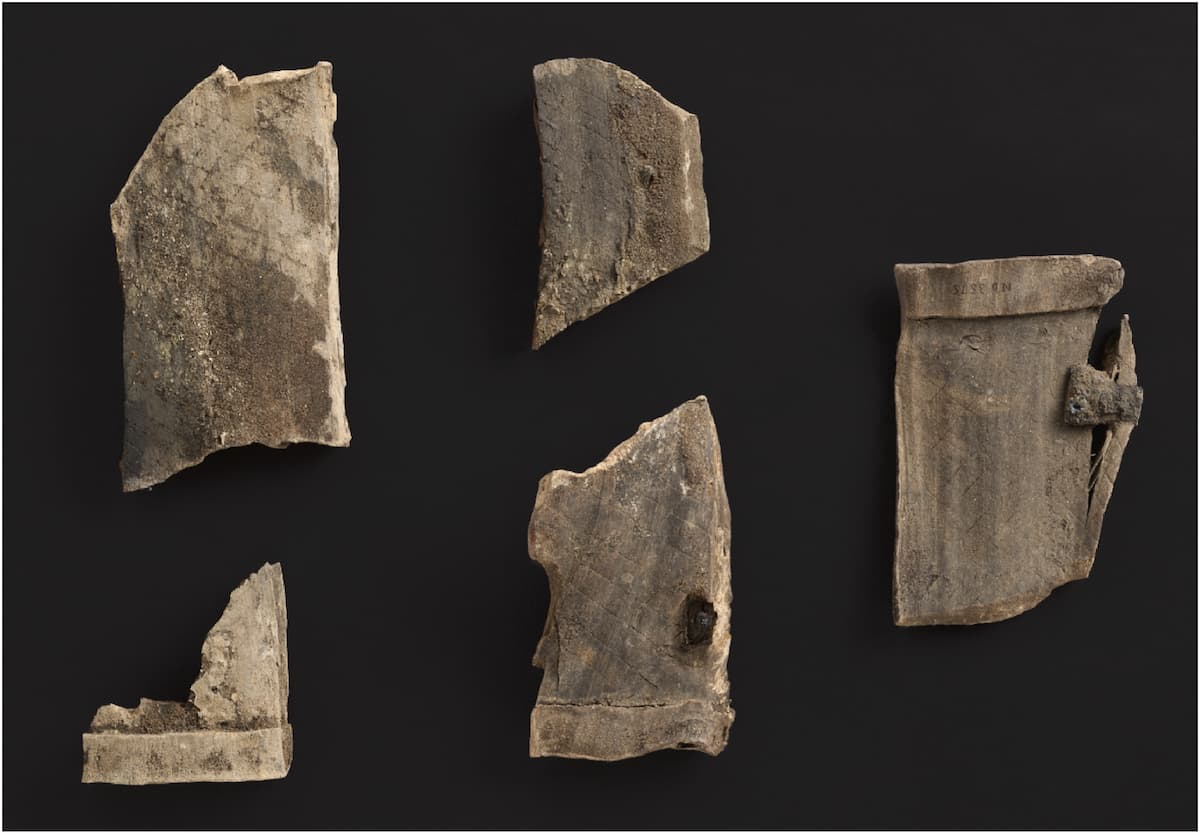
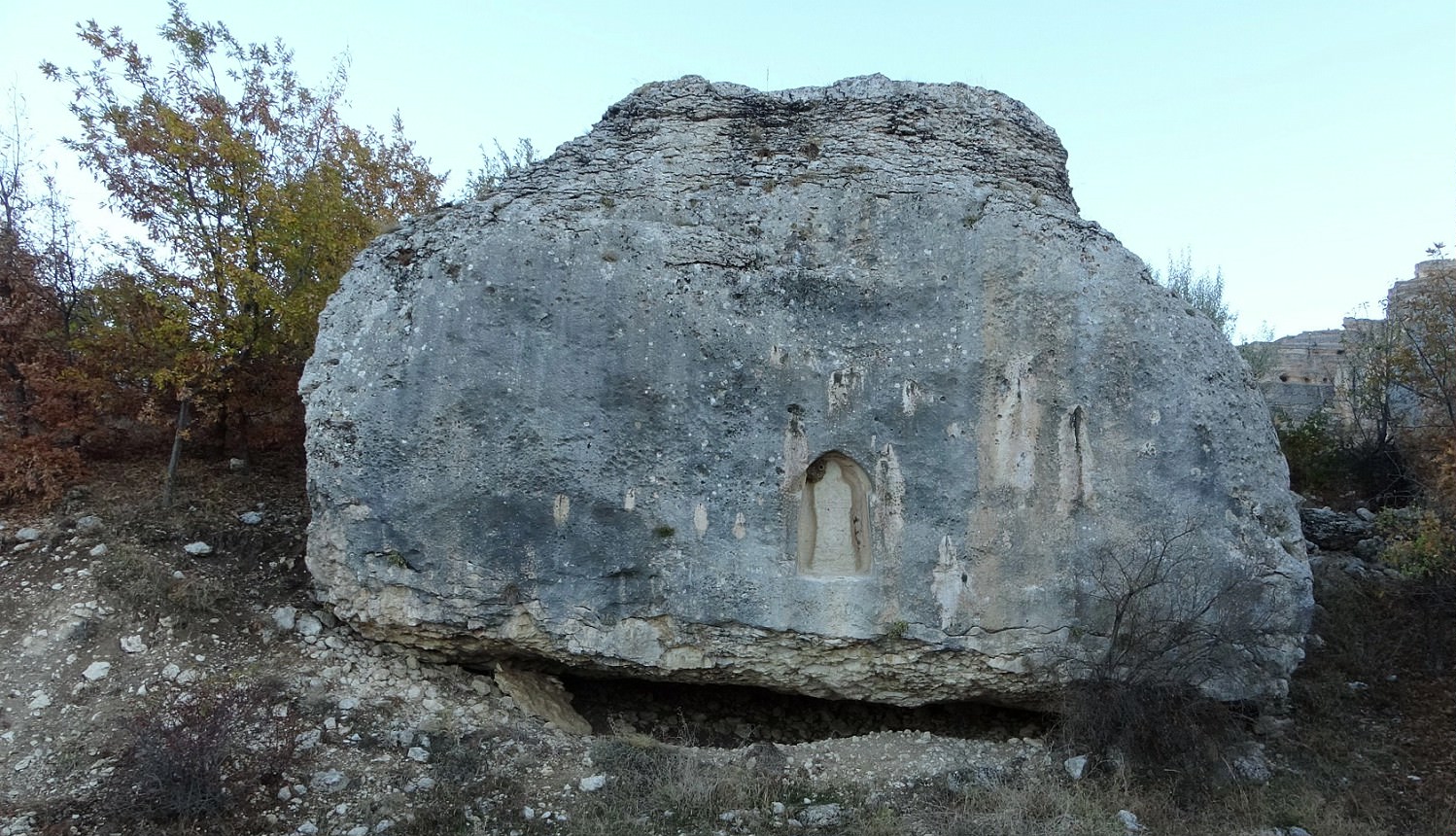



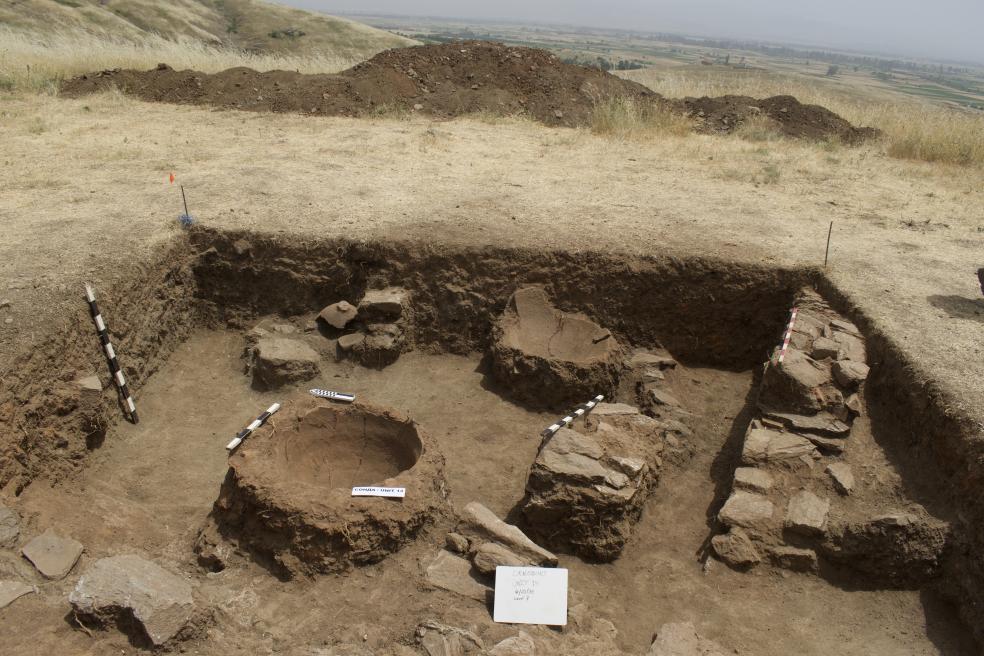
Leave a Reply